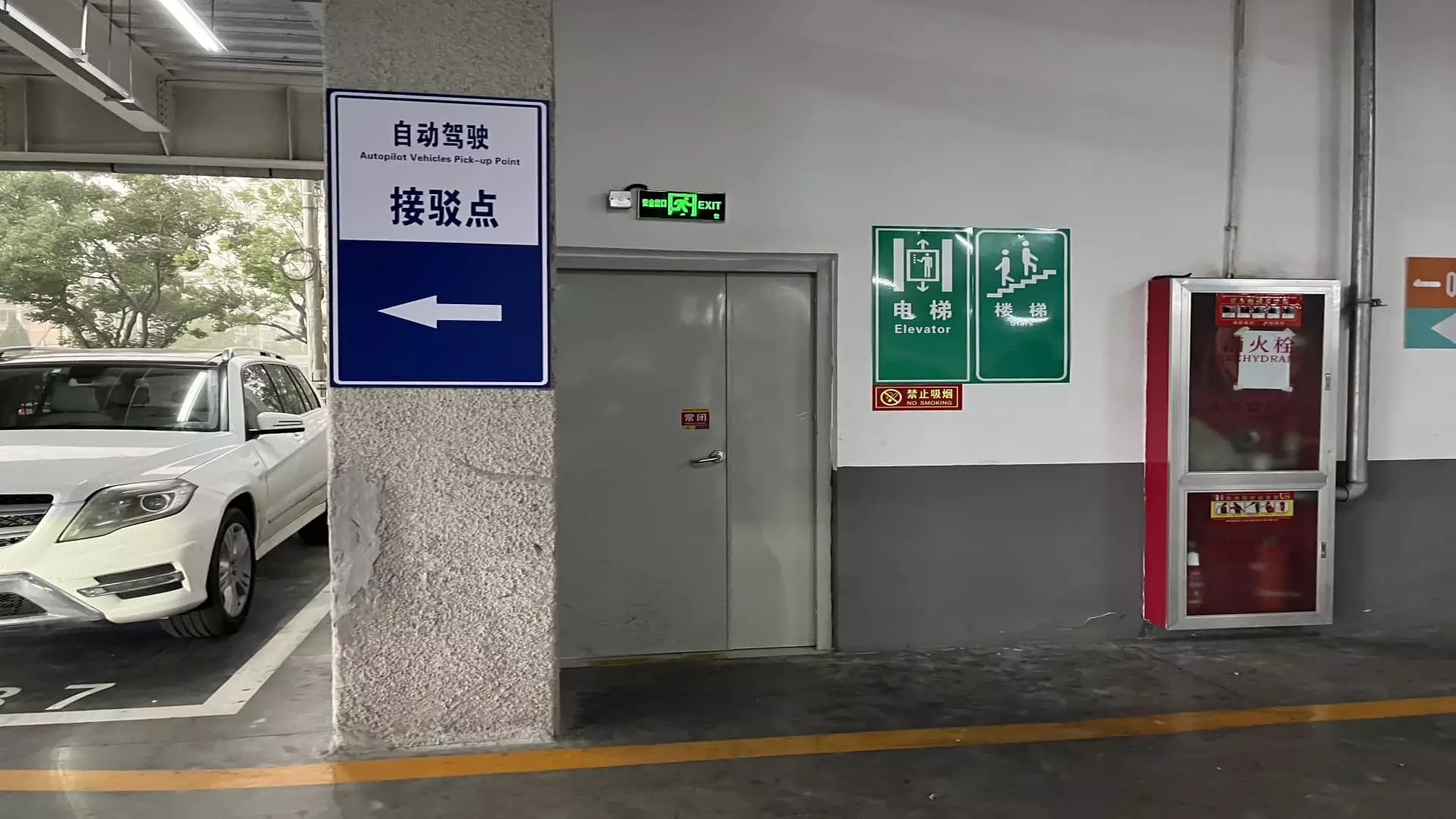In recent years, Beijing has been making significant strides in allowing robotaxis to operate closer to the city center. The city has begun testing robotaxis with human staff inside on a 40-minute route between a major high-speed train station and a suburban area to its south. This marks a major expansion of robotaxi operation from the outskirts of Beijing towards the city center. Pony.ai’s vice president, Ning Zhang, mentioned that the city is set to open a public-facing robotaxi service on this route in the next week or two, pending government permits. By the end of this year or early next year, Zhang expects the route to be fully driverless, with no human staff inside, representing a significant milestone in the development of autonomous vehicles in Beijing.
Citywide Expansion
Beijing’s willingness to push the boundaries and allow the operation of robotaxis beyond the fifth ring road is seen as a positive step towards embracing autonomous technology. This move towards central areas of the city is expected to set a good example for the rest of China. With Beijing authorities allowing robotaxi companies like Pony.ai and Baidu to remove human staff from some public-facing cars and still charge fares, it shows a growing acceptance of autonomous vehicles in the city. The city’s plans to expand robotaxi operation to areas like Daxing International Airport and Beijing Capital International Airport demonstrate a commitment to integrating this technology into the public transportation system.
Looking ahead, Zhang anticipates further expansion of robotaxi operations in Beijing. He expects more than 50 fully driverless taxis to be operational in the city by the end of this year. Additionally, he foresees the city allowing robotaxis to operate between the sixth and fourth ring roads within the next two years, regardless of city district. This will require companies like Pony.ai to scale up their operations to meet the demand, with plans to have a fleet of 1,000 vehicles by the end of 2025. Collaboration with companies like Toyota to mass produce autonomous cars will play a crucial role in achieving these ambitious targets.
Industry Trends
The global interest in robotaxis is on the rise, with companies like Alphabet’s Waymo and Tesla entering the market. While Elon Musk announced Tesla’s plans to reveal its robotaxi, Zhang expressed his hopes that Tesla’s involvement could help reshape transportation. However, he mentioned that Tesla’s Full Self Driving technology might be more suited for assisted driving rather than a fully driverless system. As the industry continues to evolve, competition among Chinese robotaxi operators like Baidu’s Apollo Go is expected to intensify. Baidu reported a significant increase in rides in the first quarter, indicating a growing demand for autonomous ride-hailing services in the region.
The pace of regulatory support will play a crucial role in the growth of the robotaxi industry in Beijing. Zhang expects that in three to five years, the city will allow robotaxis to operate throughout the city, opening up new possibilities for autonomous transportation. With the right regulatory framework in place, the industry is poised for exponential growth in the coming years. As more cities around the world embrace autonomous technology, the future of robotaxis in Beijing looks promising with the potential to revolutionize urban transportation.


Leave a Reply